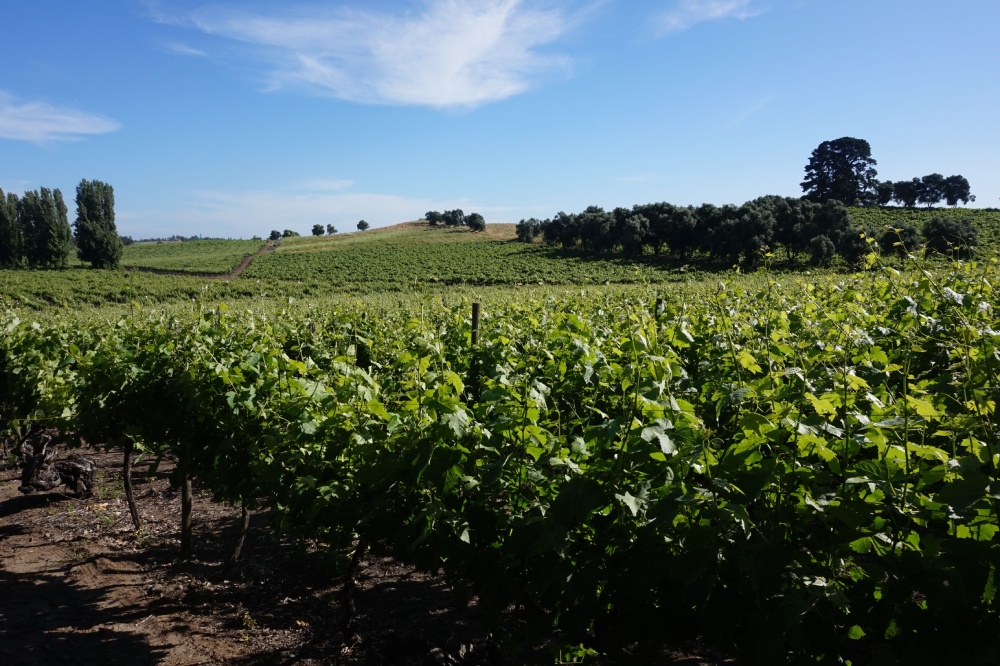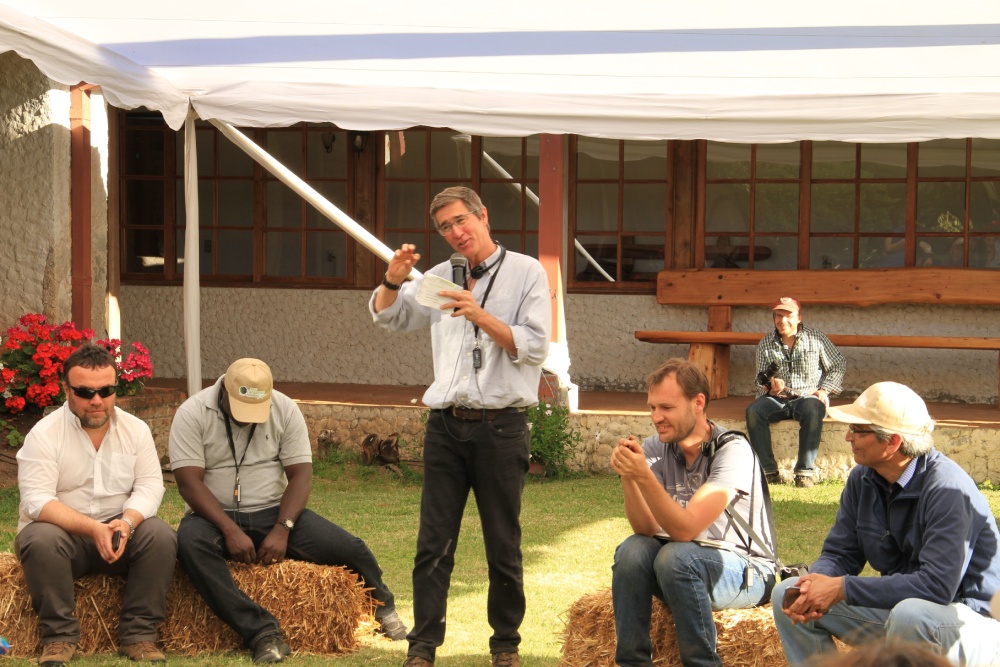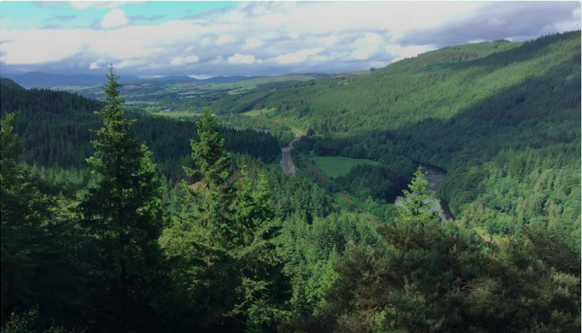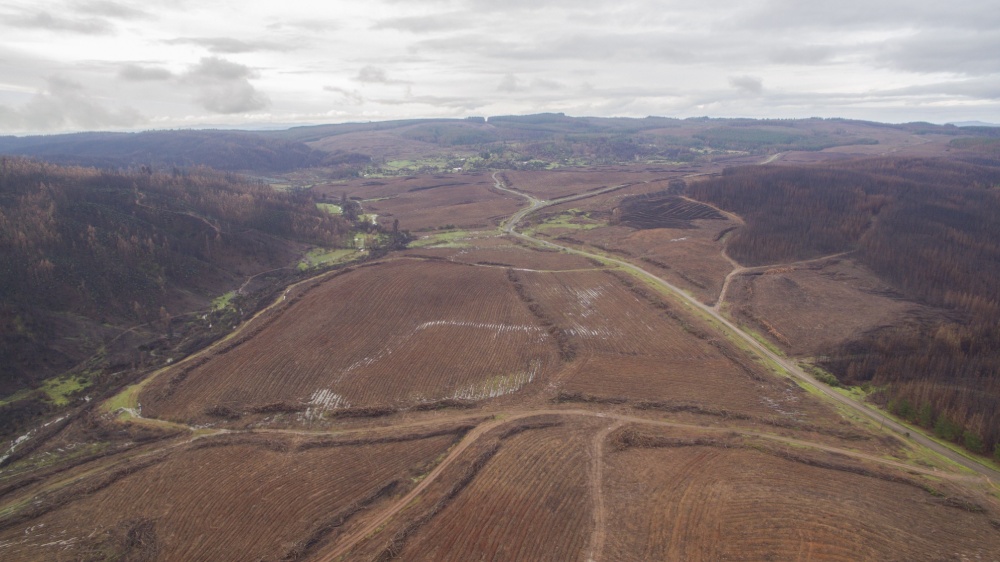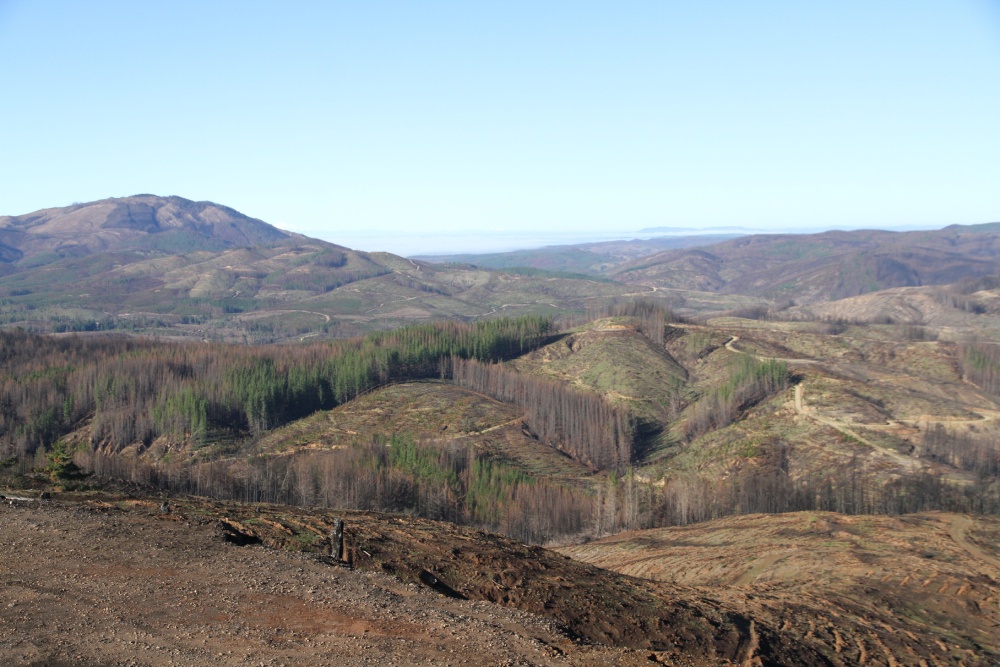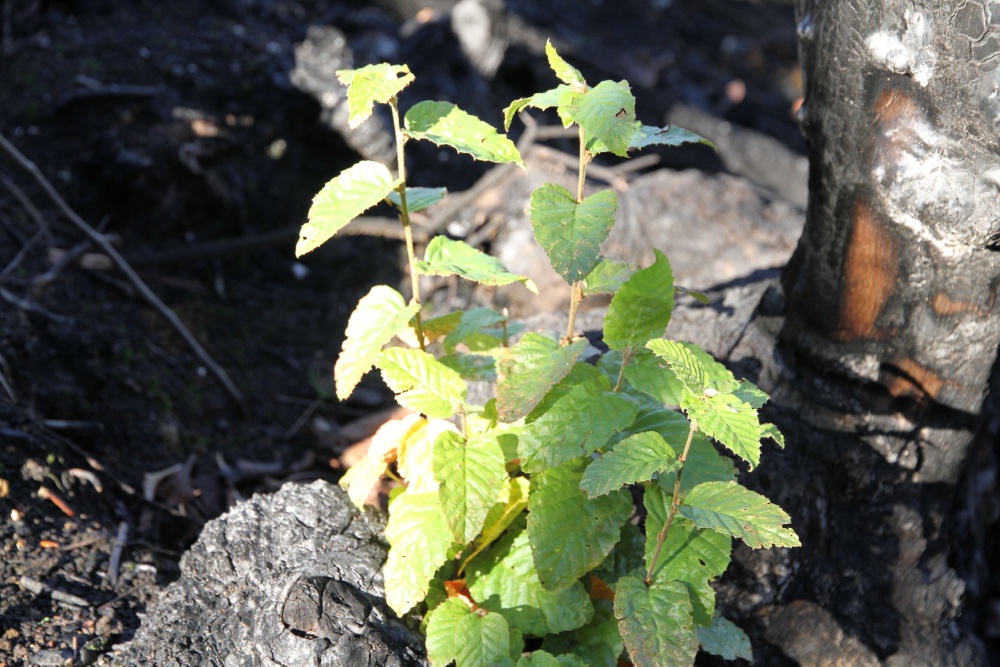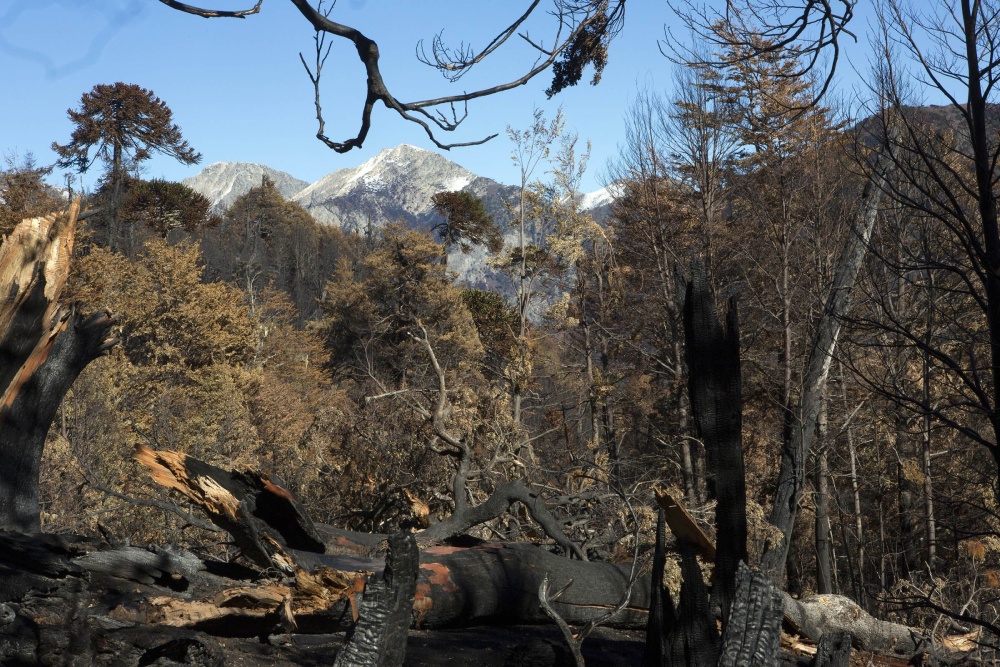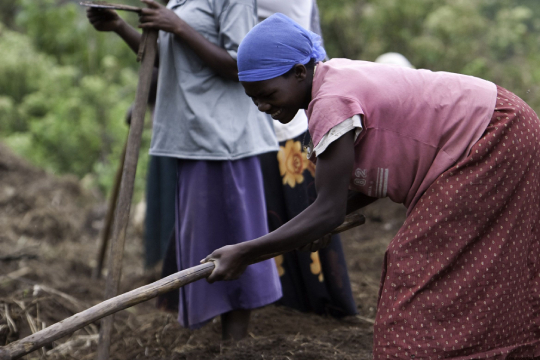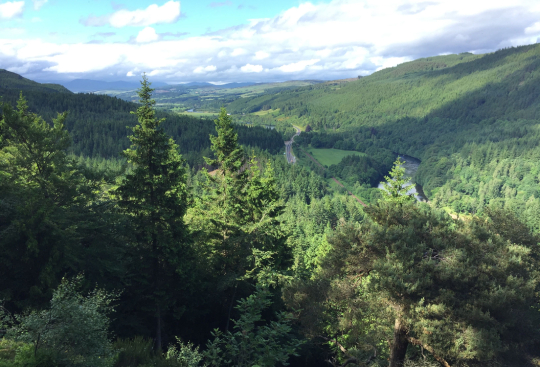In January, Chile suffered the most catastrophic fires in its recorded history, which destroyed around 600,000 hectares of plantations, native forest, grasslands and agricultural land. The fire was so strong that entire communities were destroyed.
As Chile begins the huge task of recovering the landscapes razed by the fires, we have an imperative and an opportunity to do things better. On this NGP study tour, co-hosted by Mininco, Arauco and WWF Chile, we are heading to the region of Maule in central Chile, which suffered the greatest damage. During November 21-25, participants from around the world are learning and sharing insights and experiences as we seek to develop solutions for restoring landscapes, retrieve ecosystem services for local communities and strengthening their resilience.
It’s clear that new approaches are needed. As we seek to restore the forests and landscapes destroyed by the fire, we need to rethink our approach to landscape design and management to reduce fire risk under the new climate paradigm. Replacing large contiguous areas of single-aged monoculture plantations with mosaics of different species and ages, interspersed with biodiversity corridors, restored areas of native vegetation and agricultural areas may help improve fire resistance. But this alone is not enough: more adaptive strategies with strong local community involvement are needed to enable rapid and effective responses to unpredictable events.
This blog is written by a participant at the study tour Barney Jeffries. You can also follow the tour on #NGP2017




